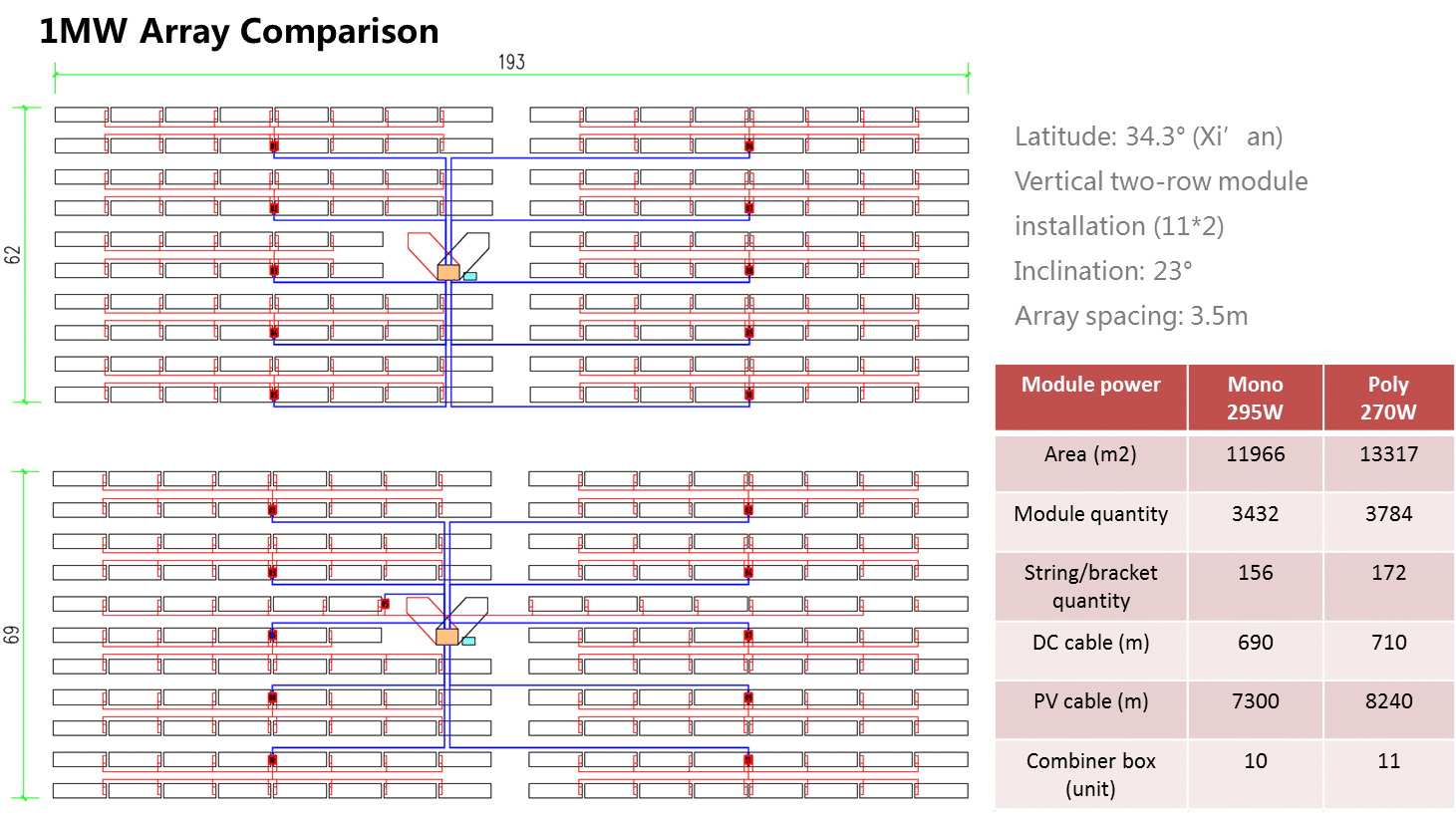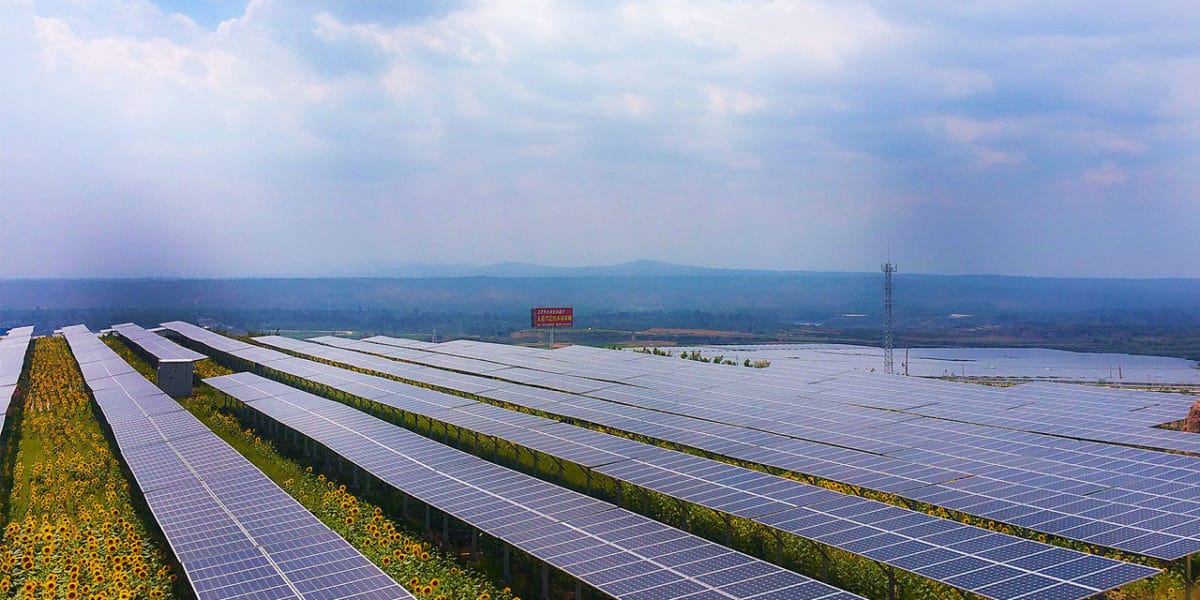Swanson’s Law is the observation that the price of solar photovoltaic modules tends to drop 20% for every doubling of cumulative shipped volume. Concurrently with this, prior research suggests that public policies aimed at stimulating market growth accounted for roughly 60% of the overall cost declines, with government-funded R&D accounting for the remaining 40%. There’s a virtuous cycle of government deployment policies pushing volume, while the R&D pushes technology.
Additional research suggests that it was mostly the industry scaling in the early-2010s that led to the greatest price drops, however, in the second half of the decade we’ve seen module efficiency begin to increase significantly. With the average module efficiency starting under 15% in the early part of the decade, we’re now seeing modules touch 20% efficiency – a full 33% increase. And we’re expecting big efficiency jumps in the near future as well.
With all of this, LONGi – the leading global manufacturer by volume of mono-crystalline solar modules – has done the math to show off how these efficiency increases in solar modules leads toward broader system-wide pricing gains.

In the above analysis, LONGi compares the balance of system costs between a 1 MWdc project composed of 270W poly-crystalline solar modules and 295W mono-crystalline modules. As seen in the graphic, the amounts of hardware being used are lesser – a few hundred fewer modules, 20 meters less of DC cable, almost a thousand meters less of PV cable, and one fewer combiner box. LONGi also supplied a high level equation to quantify in a different manner:
If the balance of system costs of poly-crystalline module affected by the module efficiency is considered at 25¢/W, the corresponding BOS costs of the 295W module can be roughly calculated based on the efficiency ratio: 0.25*270/295=23¢/W – a savings of 2¢/W, or about 8.5% on balance of system.
Next, LONGi looked at mono-crystalline solar cells of different efficiency and sizes from 2012 in order to show how a 30% increase in efficiency (similar to what’s happened over the last five years) drove greater than 6¢/Wdc out of system costs.

Then LONGi puts out something new for us to consider from their company 166 mm solar cells within a standard 72 cell module frame – which is an equivalent 78 solar cell module. In the below table we see an 11.8% efficiency gain, and 7% gain in balance of system costs – just under a penny per watt by simply squeezing some more cells in.

With LONGi, Oxford PV, REC Solar and many others pushing efficiency gains – and new technologies like bifacial modules and their backside gains – we should expect to see land costs per megawatt, hardware costs, labor costs and more keep coming down and continue Swanson’s Law further into the future.
This content is protected by copyright and may not be reused. If you want to cooperate with us and would like to reuse some of our content, please contact: editors@pv-magazine.com.








Nice to see that LONGi has done this.
Not to mention savings of a little over 11% of the land or being able to increase the solar capacity by that 11%.
On an average house install of 5kW you would be able to use one less panel/rack/string inverter by going from 270W to 295W – 18 panels instead of 19. Going to the 78 cell/425W panel would allow you to drop to 12 panels.
So if you’re going to take the argument one step further, and you were going to place these panels on tracking solar mounts, that tracked in both azimuth an elevation, you’d see an increase at a minimum of 30% efficiency for your system. If you do the same for bifacial panels, and increase the albedo of the system by placing reflective rock underneath them, you would see Efficiency’s increased by > greater than 50%. Those homes or businesses that have land available to install Tracking mounts Also receive the added benefit of low installation cost because you don’t have to climb up on a roof. It’s also much easier to clean the panels and over the life of the system you make more power because your panels are cleaner.
So the cost of the mounts is more than offset by the increase in efficiency over the life of the system.